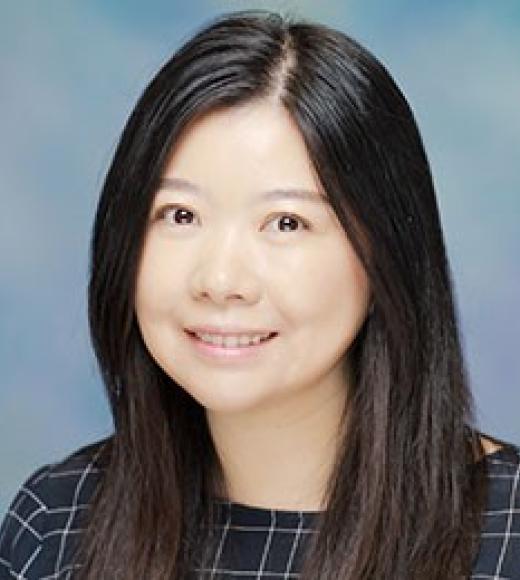
Position Title
Volunteer Clinical Professor, UC Davis
Scientific Director, Max Planck Florida Institute for Neuroscience (MPFI)
Professor and Vice Chair Emerita, Department of Biochemistry and Molecular Medicine
- Max Planck Florida Institute for Neuroscience (MPFI)
- Department of Biochemistry and Molecular Medicine, UC Davis
Update (2023.10.16): Professor Lin Tian, PhD was appointed as the third Scientific Director of the Max Planck Florida Institute for Neuroscience (MPFI). She will continue as a clinical professor at UC Davis in addition to her role at MPFI. Dr. Tian's lab has a new website, launched in January 2024. Congratulations prof. Tian!
Finding an effective treatment for neurological disorders is our ultimate goal in neuroscience. To achieve this goal, we must understand the brain mechanisms that govern physiological processes. Addressing this problem requires a thorough understanding of neural activity pattern, and the ability to relate this to physiological processes, behavior and disease states. We are combining computational protein design, chemical biology, electrophysiology, optical imaging techniques, and inducible pluripotent stem cell (iPSC) technology to describe the logic of the neural circuitry, and how this logic relates to behavior and disease states.
One of the major focuses in the lab is to develop optical tools for multiplex, large-scale recording of neural activity and employ these tools to study the brain mechanisms over the control of behaviors in health and disease. We develop novel genetically encoded indicators based on fluorescence and bioluminescence proteins or small molecules, to enable optical dissection of neural activity, with a special focus on direct and specific measurement of myriad chemical input signals with needed spatial and temporal resolutions.
We use a variety of techniques (computational modeling, machine learning, rational design, directed evolution, chemical synthesis) to develop these imaging probes. We characterize, validate and apply these probes in vitro and in vivo in multiple biological systems using electrophysiological, pharmacological, genetic, microscopic, and behavioral approaches. In combination with calcium imaging and optogenetics, these sensors are well poised to permit direct functional analysis of how the spatiotemporal coding of neural input signaling mediates the plasticity and function of target circuits.
Former graduate group affiliations:
